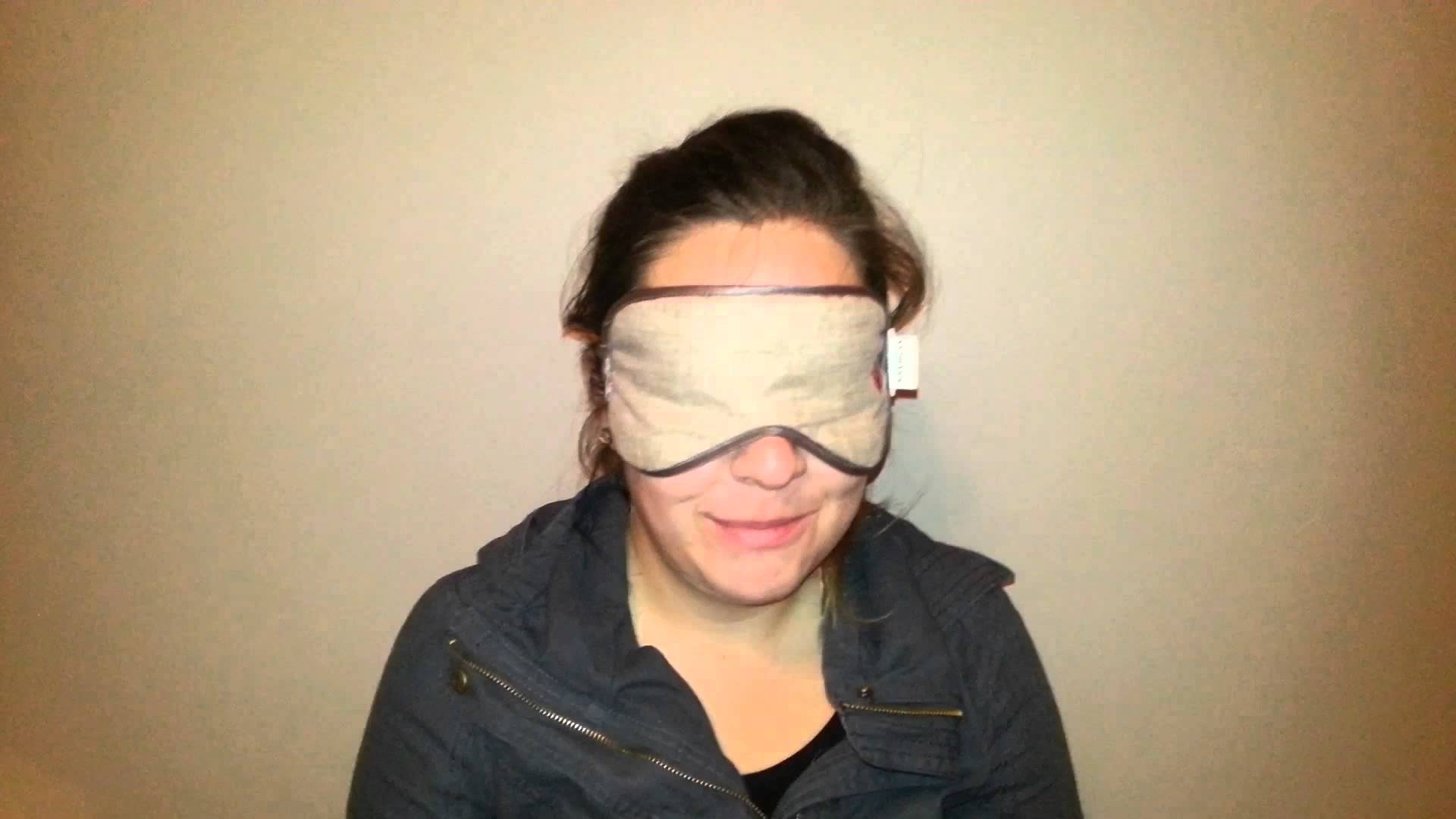
Snapchat is the latest social network to take a stand against fake news, clickbait and “sensitive content”, according to a new report by the New York Times.
Snapchat is no stranger to frivolity. When it comes to user content, most of the photos and videos shared among its largely teenage demographic wouldn’t exactly be called hard-hitting. But if you’re a publisher looking to leverage Snapchat’s enormous reach, you’ll have to do better.
On Monday morning, Snapchat made a few edits to its guidelines for publishers with regard to Discover, the social media platform’s news service. Basically, it’s an attempt to declutter an often crowded landscape, and ensure that what folks are seeing on the “news” platform is actually newsworthy.
As the New York Times notes, Snapchat’s new regulations are more straightforward in their restrictions of “questionable pictures” that lack news or editorial value. These rules ought to reduce clickbait on Snapchat, and are also an attempt at combating the growing epidemic of fake news. To that end, Snapchat has further updated guidelines forbidding publishers “from including reports or links to outside websites that could be considered fake news, saying that all content must be fact-checked and accurate.”
As Rachel Racusen, a Snapchat spokesperson noted, these updates seek to “empower our editorial partners to do their part to keep Snapchat an informative, factual, and safe environment for everyone.” Next month, the social platform also plans to release a tool that will help publishers place an age gate on their content, prohibiting minors from seeing certain material.
Snapchat’s cautious way forward may be tied to the company’s highly anticipated upcoming IPO. “In this environment, every technology company that touches media is concerned about being vulnerable to connections to fake news and disinformation,” said Joshua Benton, director of the Nieman Journalism Lab at Harvard University. “That’s doubly true for a company planning for an IPO.”
So it comes as no surprise that Discover’s guidelines are stricter than ever, and it’s a trend that we can expect to continue as that public offering looms nearer and nearer.













